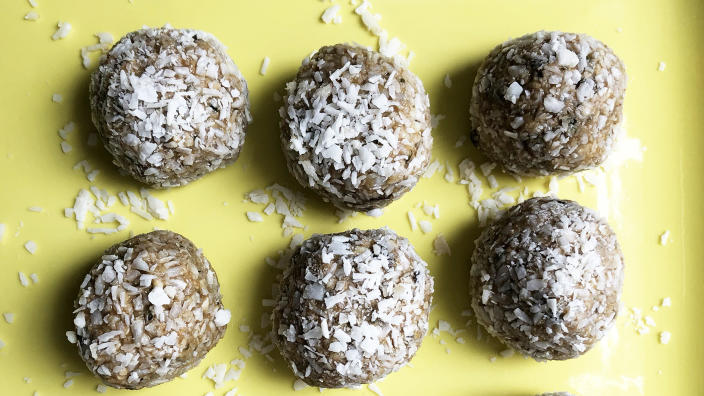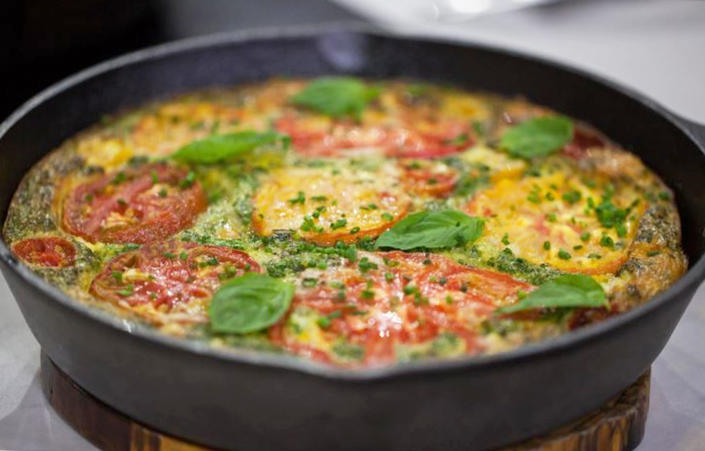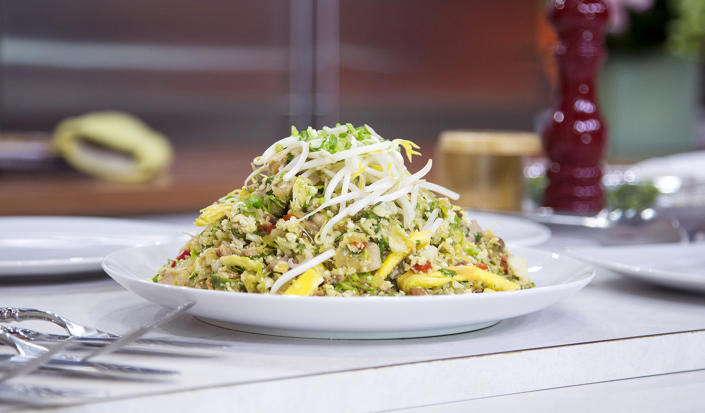Diets are a popular way to lose weight and gain muscle. They can also help you boost your focus and feel healthier overall.
However, it’s important to know that there is no one-size-fits-all approach to a healthy diet. Before you pick a diet, consider your personality and lifestyle.
The best diet for you is the one that will allow you to eat foods that you enjoy, without sacrificing your health and wellness. That means you need to be willing to try new things and eat a variety of food.
There are many different types of diets and you can choose the best fit for you based on what you like to eat, how you exercise and your budget. The key is to find a plan that fits your life and your budget, so you can stick with it over the long term.
It’s also important to be aware of the fact that some diets lack key nutrients, such as dietary fiber and carbohydrates, which are necessary for optimal health. Likewise, some diets do not have enough of the micronutrients – vitamins and minerals – that you need to stay healthy.
The most effective diets are those that are balanced and well-rounded, offering a variety of foods from each of the 5 food groups – grains, fruits, vegetables, dairy and meat. They should also contain a large proportion of protein, good fats and plenty of fiber.
The fad diets of the past are no longer in style, but there is no need to give up on your weight loss goals just because a particular diet has been around for a while. It’s also worth considering the benefits of exercising and consuming fewer calories to maximize your results.
The paleo diet has been in and out of fashion for the past decade. Some celebrities swear by it — or are at least rumored to eat paleo, and some have called it a ridiculous fad. Whether you love the idea of eating like a caveman — caveperson? — or not, it seems clear that this meat-heavy diet trend isn’t going to disappear anytime soon.
At first glance, the paleo diet may sound ideal for carnivorous folks. But meat lovers beware. Dietitians say that just because steak and eggs are allowed doesn’t mean you should be loading up on meat all day long — or at every meal. Here is everything you need to know about the paleo diet.
What is the paleo diet?
Some versions of the diet are called the caveman diet or the paleolithic diet because you’re supposed to be eating foods that were available to our prehistoric ancestors. Think things that can be hunted and gathered like meat, produce and nuts. Paleo diets avoid foods like dairy and grains that humans started eating after agriculture and manufacturing came to be.
The term paleo diet was coined by Loren Cordain in his 2002 diet book, “The Paleo Diet” (a revised edition of the book was published in 2010). It is based on paleolithic nutrition theory, which posits the idea that a lot of chronic disease — like cancer and heart problems — became more common after the advent of agriculture and the industrial revolution, according to anthropologic evidence.
What foods can you eat on a paleo diet?
Some versions allow for limited quantities of non-paleo foods like grains, dairy, legumes and other processed foods. Cordain’s original paleo diet recommends following the 85-15 rule, meaning that 85 percent of the food you eat should be paleo and 15 percent can be non-paleo. Choosing a modified version of the diet can make it much easier to stick with long-term, said Amy Shapiro, RD, founder and director of Real Nutrition in New York City.
Any paleo-style diet includes:
-
Bacon — as long as it doesn’t have any added sugar.
-
Eggs.
-
Fish and shellfis.
-
Fruit.
-
Game animals — like venison, rabbit and quail.
-
Meat — like pork, poultry and beef.
-
Non-starchy vegetables — like bell peppers and asparagus.
-
Nuts and seeds.
-
Oils — like olive, flaxseed and walnut.
-
Sweet potatoes.
Foods to avoid on the paleo diet
Some versions of the paleo diet are more flexible than others. For example, some allow for limited quantities of non-paleo foods — like grains, dairy, legumes and other processed foods.
Cordain’s original paleo diet recommends following the 85-15 rule, meaning that 85 percent of the food you eat should be paleo and 15 percent can be non-paleo. Most dietitians agree that a modified version of the paleo diet is easier to stick to — and healthier.
You’ll avoid foods that humans started eating after agriculture and manufacturing came to be, including:
-
Dairy — including milk and yogurt.
-
Legumes — all beans, lentils, peas and peanuts.
-
Grains — like oats and wheat.
-
Most packaged or processed food.
-
Processed sugars.
-
White potatoes — some versions of the diet allow small amounts.

Sample meal plan for the paleo diet
Here’s a sample meal plan from Shapiro that suggests what a day on paleo could look like:
Breakfast: Frittata made with whole eggs, mushrooms, asparagus and dill
Lunch: Salad with grilled chicken, avocado, roasted squash and spinach
Snack: Apple slices (or celery) with nut butter and cinnamon
Dinner: Roasted salmon with Brussels sprouts, baked sweet potato and olive oil
Dessert: Avocado chocolate pudding
What does research say about the paleo diet?
The science on the paleo diet is murky — at best.
While some studies do show people can reap some health benefits by switching to a paleo-style diet, researchers say the jury is still out on whether those benefits are actually any better than switching to other diets that have been more thoroughly researched.
For example, a 2015 review published in The American Journal of Clinical Nutrition showed that studies that compared paleo diets with diets that included dairy, legumes and grains revealed that people eating paleo were better able to lose weight, improve glucose tolerance, lower triglycerides and control blood pressure and appetite.
But the story gets more complicated when you look at the trials more closely, explained Deirdre K. Tobias, ScD, associate epidemiologist at Brigham and Women’s Hospital and assistant professor at Harvard Medical School and Harvard T.H. Chan School of Public Health. The diets with legumes and grains — the “control” groups — were somewhat high in processed foods. And everyone in those trials had risk factors for metabolic problems to begin with.
So it’s tough to say with certainty whether the beneficial conclusions drawn from that study could really be attributed to paleo eating or not. Som experts are skeptical. “Was it instead that those benefits came from cutting out processed foods and ramping up fruits and vegetables?” Tobias asked. “Because there are so many aspects of the diets being altered, it is virtually impossible to attribute any one component of the patterns to its success.”
Also, a lot of other components of our lifestyles have changed since the caveman era. So linking the advent of chronic disease to specific foods is still fairly theoretical.

Is it really okay to eat all that red meat?
If the idea of eating meat with most meals worries you, well, your concerns are justified. There’s a pretty substantial collection of nutrition research that suggests eating a lot of red meat —particularly processed red meats like sausage, ground beef and bacon — is linked to negative health outcomes when it comes to things like heart health and cancer. If switching to a paleo-style diet would mean substantially increasing the amount of red meat in your diet, Tobias said, “it could actually put you at a higher risk for those health problems.”
Are grains and beans really bad for you?
The short answer is a definitive no. Organizations like the World Health Organization and U.S. Department of Health and Human Services regularly review nutrition evidence to come up with healthy eating guidelines and both groups consistently report that whole grains and legumes are generally associated with lower risks of obesity, type 2 diabetes, heart disease, stroke and cancer.
If you’re improving the quality of your diet — meaning you’re eating more whole, nutrient-dense foods and minimizing processed foods — by switching to a paleo diet, you’ll likely see benefits. But there’s not evidence to show that over the long-term you’ll see more benefits than if you had switched to a healthy diet that includes grains and legumes and is backed by clinical evidence — like the Mediterranean diet or plant-based eating, Tobias said.
Are there other diets similar to the paleo diet?
There are many high-protein, low grain diets out there. Basically, the paleo diet isn’t the only fad that has tried to make meat into more of a diet staple.
The paleo diet is similar to:
-
Whole 30, which also excludes grains, legumes, dairy and sugar.
-
Keto diet, which also excludes whole grains and legumes. The diet allows dairy, but not fruit or starchy vegetables.
-
Pegan diet, which combines the principles of the paleo diet and the vegan diet.
-
Atkins diet, which limits but doesn’t eliminate grains, legumes and sugar.
The bottom line
If you focus on eating whole foods that are nutrient-dense, the paleo diet can be a healthy one, Shapiro said. But a lot of people end up leaning a little too heavily on animal proteins when following a paleo-style diet because they feel like they won’t be full from the other foods — like fruits, vegetables, nuts and seeds — the diet allows, she explained. “Then we run the risk of consuming too much saturated fat.”
If adopting the diet means upping your red meat consumption, it’s likely not a good move for your long-term health.
Eating paleo means that you will also be cutting out whole grains and legumes — which are both great sources of fiber. Vegetables and fruits also contain fiber, but most people will find they’ll need to make a pretty concerted effort to get to the recommended intake of fiber in a day — for adults, approximately 25 grams for women and 38 for men.
Before making the switch to the paleo diet, be sure to talk to your doctor who can recommend the best diet for you based on your specific health needs.

Paleo diet recipes
This article was originally published on TODAY.com
Source: bing.com





















